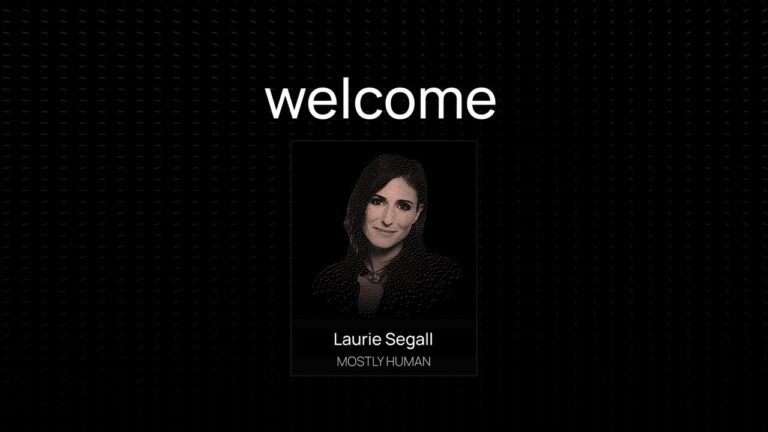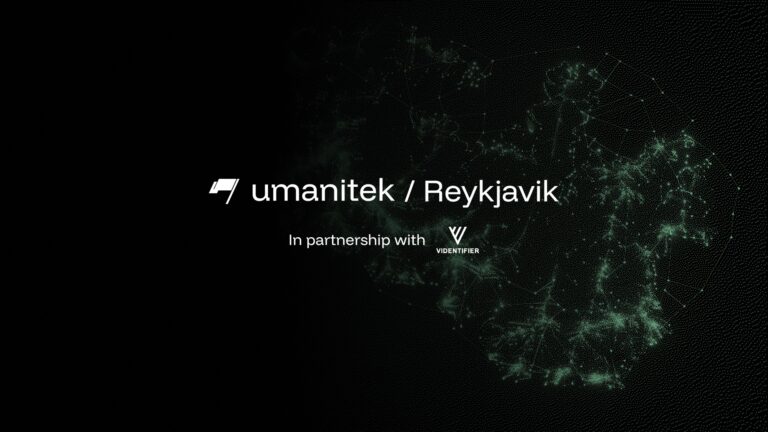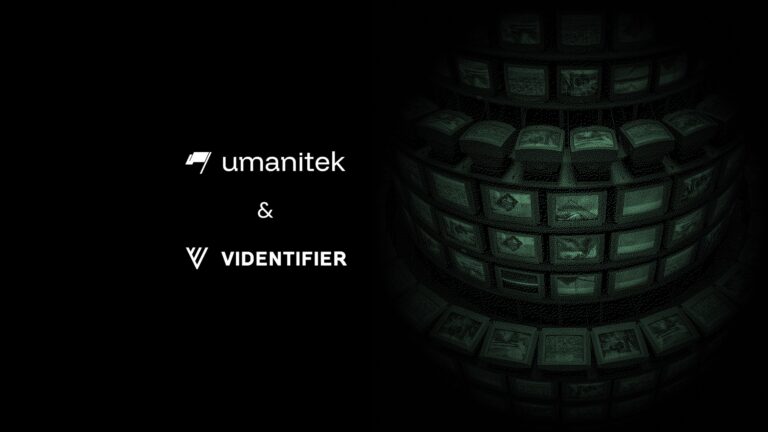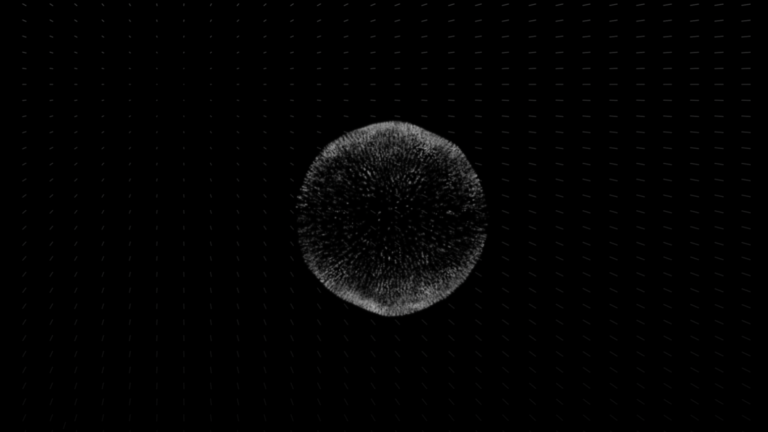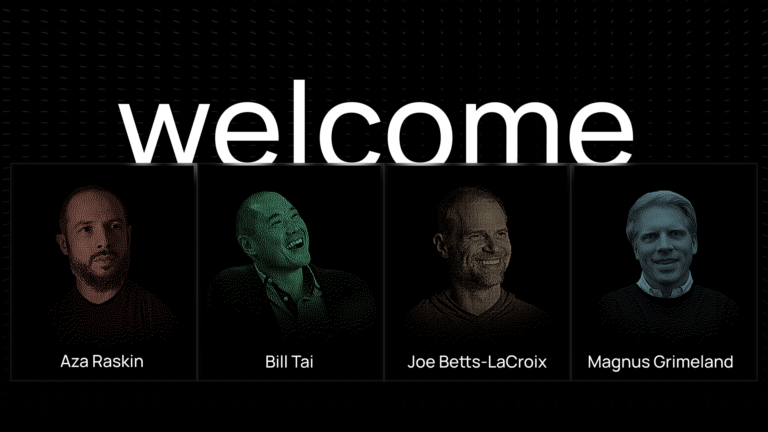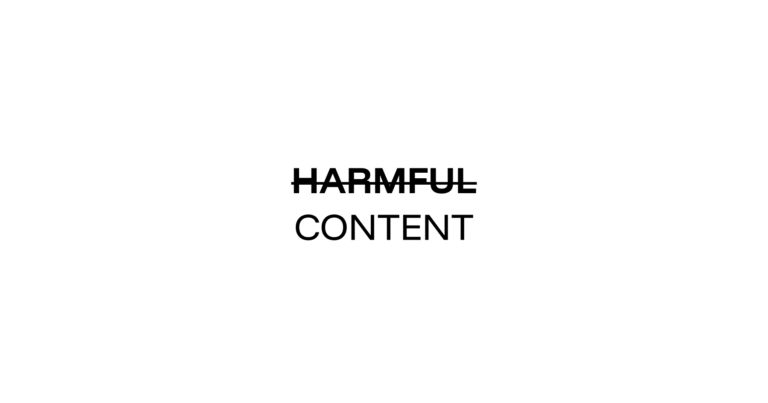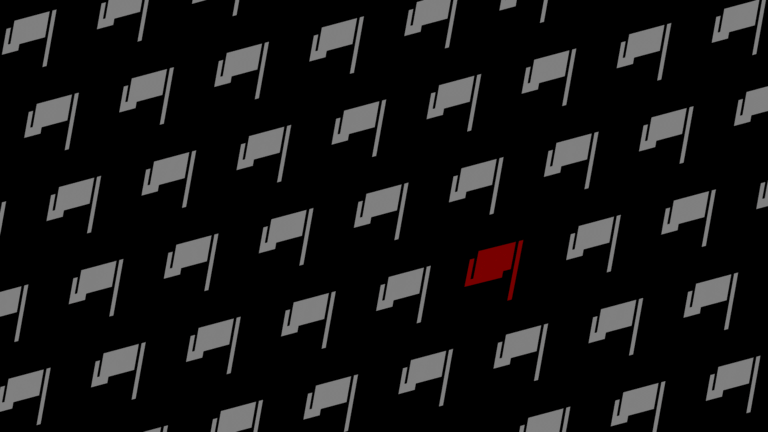
Introducing the Umanitek Red Teaming Initiative
Protect yourself. Protect others. Help build the safety infrastructure of the modern web. Zug, Switzerland, December 3, 2025: Today, we’re opening applications for the Umanitek Red Teaming Initiative – a global community of early adopters, technologists, creators, and online citizens who want to meaningfully shape the future of digital identity safety. Impersonation, identity fraud, and deepfakes have…

